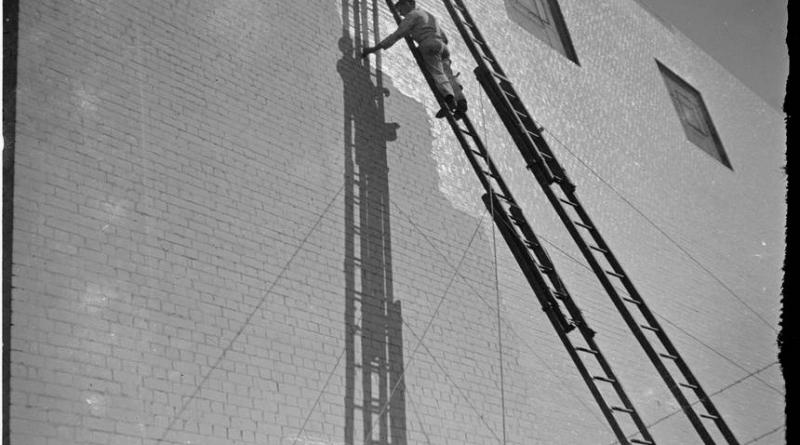Could a new paint-on finish replace air conditioning?

Passive Daylight Radiative Cooling is an ancient idea that's about to make a big comeback.
Passive radiative cooling is straightforward; if there are no clouds at night you get really cold because, as Robert Bean has explained, our bodies lose heat to cold surfaces, and space is really cold. The Persians used it centuries ago to make ice. Passive Daytime Radiative Cooling (PDRC) is a little harder to comprehend, because while space is still cold, in the daytime the sun is hotter. Robert Bean, in his explanation of PDRC, explained that it was a tough problem that would be solved eventually and be a very big deal.
There will come a time when we won’t use compressors for the cooling of people and buildings. It is simply not necessary. The heat sinks we need to reject heat to, or absorb heat from, are literally within our reach and there are some very smart people who will show us how to get very good at accessing them.
Now a team of very smart people led by J. Mandal of Columbia University have developed a paint-on finish that does exactly that, and have published a report in Science titled Hierarchically porous polymer coatings for highly efficient passive daytime radiative cooling. They note that there have been other PDRC systems (like this on TreeHugger) but that theirs offers "paint-like simplicity."
The trick is to develop a surface with a high thermal reflectance, so that it doesn't heat up, and a "high thermal emittance that maximizes radiative heat loss."
If reflectance and emittance are sufficiently high, a net radiative heat loss can occur, even under sunlight. The passive nature of this effect makes PDRC highly appealing, as cooling occurs without the need for electricity, refrigerants, or mechanical pumps that require maintenance.
The researchers developed what they call "a simple, inexpensive and scalable phase-inversion-based method for fabricating hierarchically porous poly(vinylidene fluoride-co-hexafluoropropene) (P(VdF-HFP)HP) coatings with excellent PDRC capability." The process creates a sort of plastic film full of tiny "light scattering voids" or bubbles.
The result is a coating that under the clear sunny sky in Phoenix, Arizona, they got a temperature drop of 6°C (10.8°F) which is a serious temperature difference. They tried the paint out on metal, wood or plastic. They can dip-coat or spray it. It is "intrinsically resistant to weathering, fouling and ultraviolet radiation." They can even add dyes so that it isn't always boring old white.
This could be transformative. The report authors say that "inexpensive, eco-friendly approaches with net cooling capability are desirable for reducing energy costs, operation time, and associated ozone-depleting and CO2 emissions from traditional cooling systems, or provide relief where electrical cooling is not available."
No kidding. Not much has come of other PDRC systems yet, but if one can buy siding that is covered with it or seriously, just paint it on, this could be very big.
1 October 2018
Lloyd Alter




